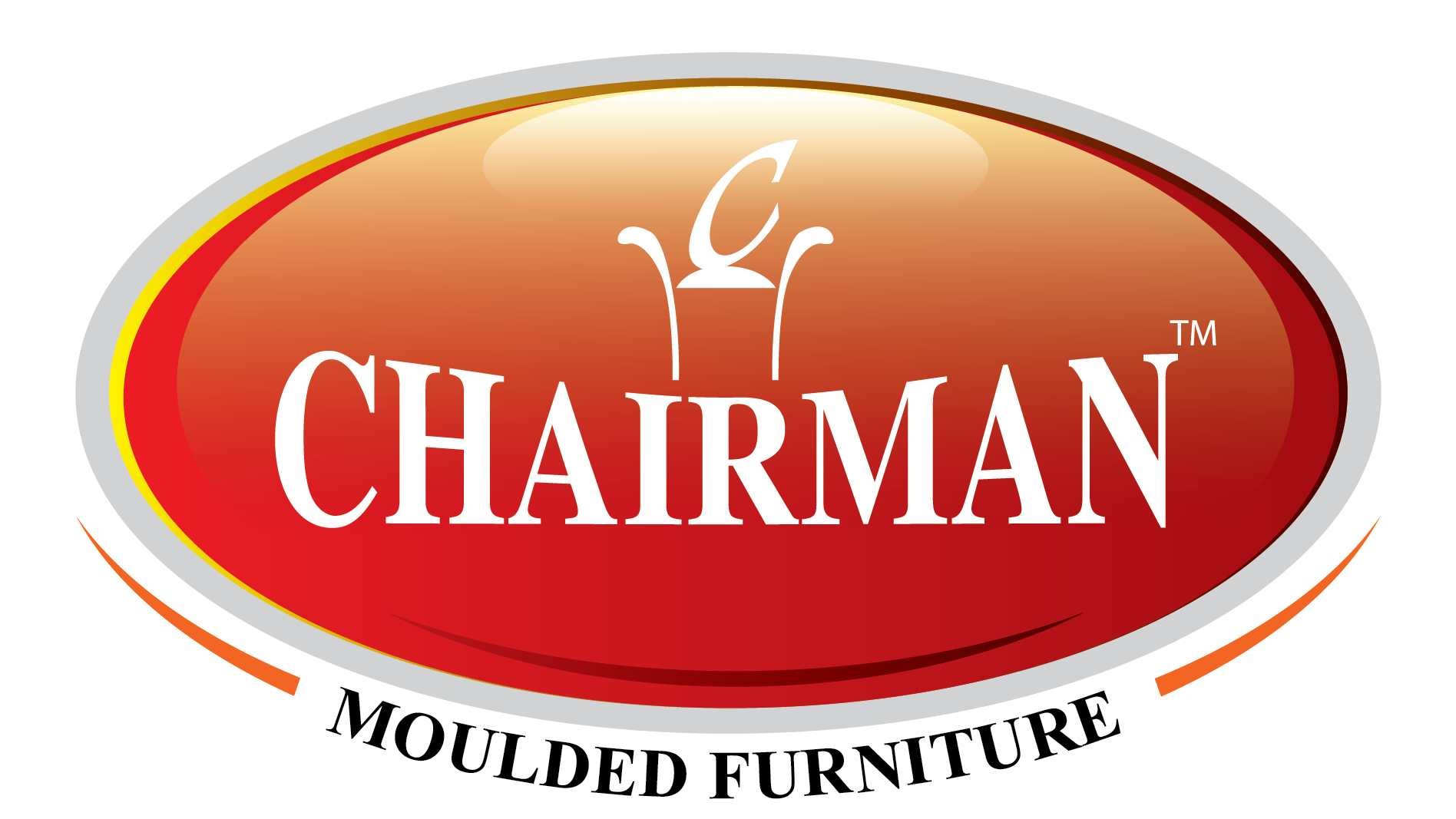Plastic chairs are a widespread sight, gracing our homes, gardens, and public spaces. But how do these seemingly simple objects come to life? This article explores the fascinating world of plastic chair manufacturing, delving into various methods, including the popular injection molding process.
Methods of Plastic Chair Manufacturing
Methods of Plastic Chair Manufacturing
While injection molding dominates plastic chair production, other techniques offer unique advantages depending on the desired design and functionality. Here’s a breakdown of some common methods
Injection molding
This is the most widely used method, known for its efficiency and ability to produce high-quality, consistent chairs. Molten plastic is injected into a mold cavity shaped like the final chair, where it cools and hardens into the desired form. This method allows for intricate details, smooth finishes, and mass production.
Blow Molding
This technique is ideal for creating hollow chairs with a lightweight design. Plastic is heated and inflated into a mold, forming the chair’s shape. Blow molding is often used for simpler designs and is a cost-effective option.
Rotational Molding
This process involves heating powdered plastic inside a rotating mold. As the mold spins, the plastic distributes evenly, coating the interior and creating a hollow chair. Rotational molding is suitable for thicker, more durable chairs, often used outdoors.
- Thermoforming
Here, a plastic sheet is heated until pliable and then pressed into a mold to form the chair shape. Thermoforming is less common for chairs but can be used for specific design elements or chair backs.
Injection Molding: A Closer Look
Injection molding remains the king of plastic chair production due to its numerous advantages
- High Precision:
Molds allow precise control over chair dimensions and intricate details.
Mass Production: Injection molding facilitates efficient large-scale chair production, meeting high demand.
- Material Versatility
A wide range of plastic materials can cater to various strengths, flexibility, and color needs.
Durability: Injection-molded chairs can be quite sturdy, especially when using robust plastics.
- Cost-Effectiveness
While initial mold creation can be expensive, the efficiency of the process makes it cost-effective for high production volumes.
From concept to comfort
The plastic chair manufacturing process, particularly injection molding, involves several key steps:
Design and Mold Creation Industrial designers create the chair’s blueprint, followed by the development of steel molds replicating the final chair form.
- Material Selection
The appropriate plastic resin is chosen based on desired strength, flexibility, and aesthetics.
Plastic PreparationPlastic pellets are fed into the machine and melted to a liquid state.
- Injection and Molding
The molten plastic is injected into the mold cavity under high pressure, filling in all the intricate details.
Cooling and Ejection
The plastic cools and solidifies within the mold. Once set, the chair is ejected from the mold.
Finishing Touches
Depending on the design, additional processes like trimming, polishing, or hole punching might be required.
Conclusion :
Chairs undergo inspections to ensure they meet quality standards for strength, finish, and functionality.
Through this intricate process, plastic granules are transformed into the familiar and functional chairs we use every day. The choice of manufacturing method depends on the desired features and application. Still, injection molding reigns supreme for its efficiency, versatility, and ability to produce high-quality plastic chairs for homes, gardens, and beyond.

